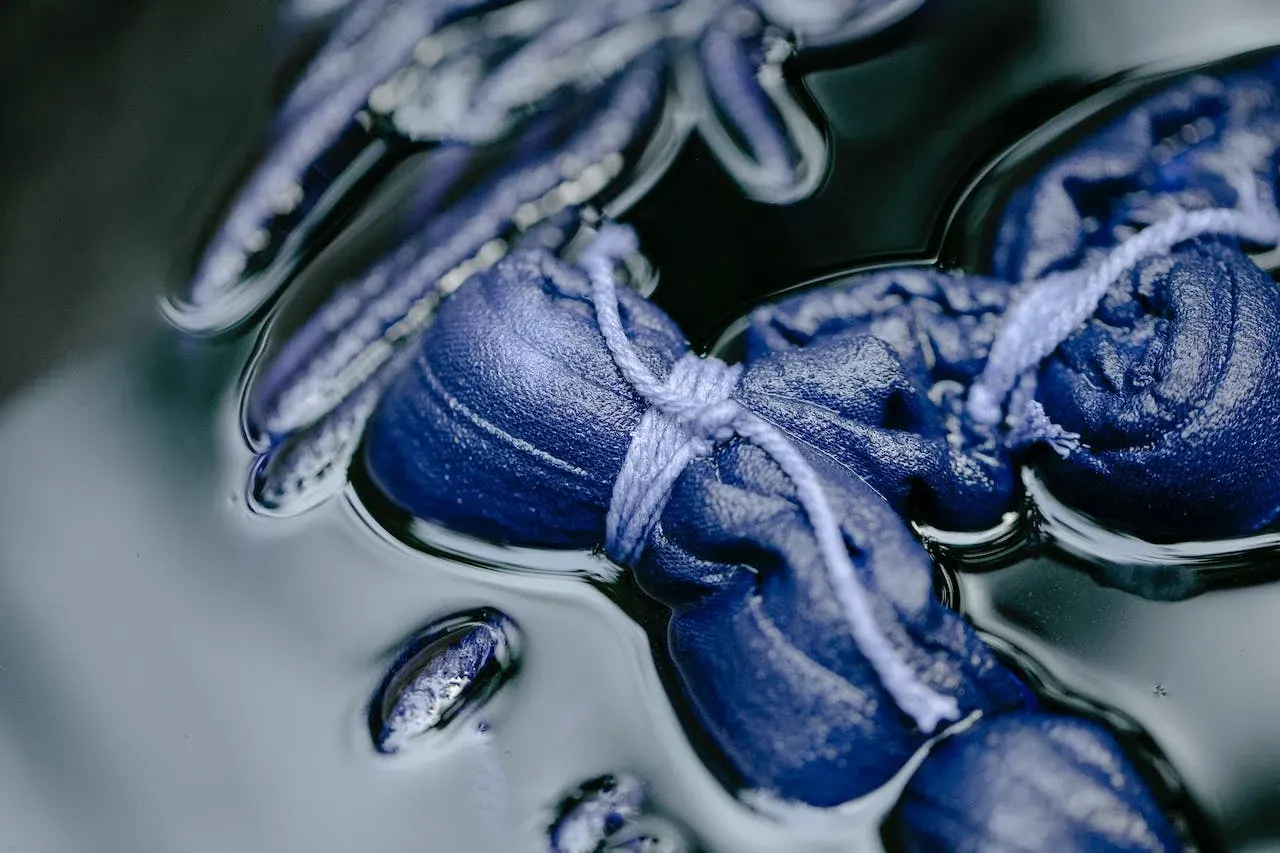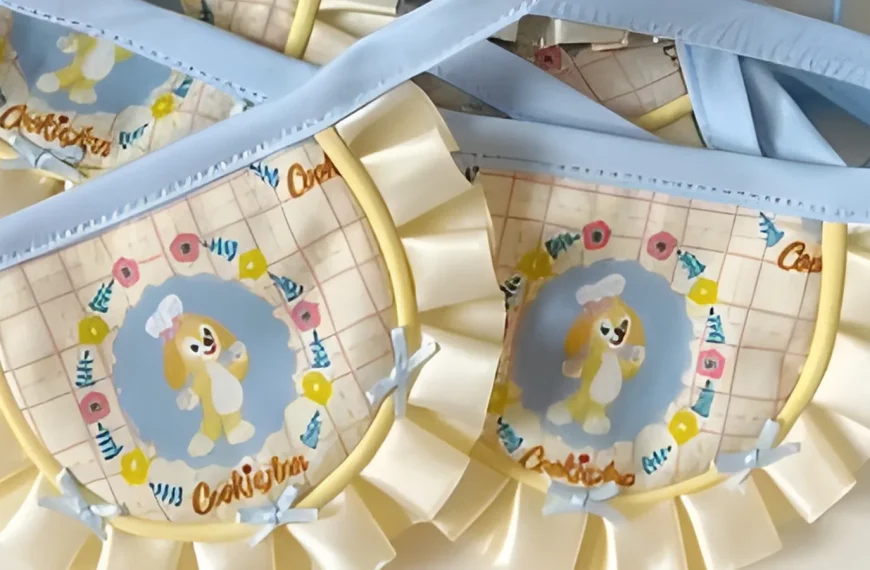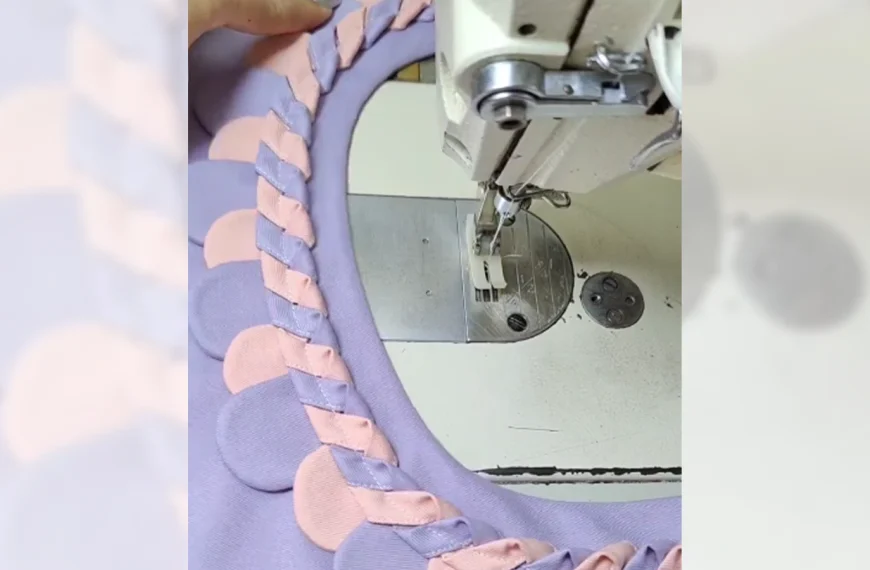Have you ever wondered why polyester, the fabric that seems to resist everything from stains to wrinkles, can be such a challenge to dye? You’re not alone in your quest to infuse new life into this synthetic material.
Dyeing polyester requires not just patience but also a precise method. The usual techniques for natural fibers won’t suffice. The process of how to dye polyester fabric involves selecting the right dye, applying heat, and using specific chemicals to ensure the color adheres to the fabric.
As you prepare the necessary tools and safety equipment, you’ll find that the key to success lies in understanding the unique characteristics of polyester. By following the detailed steps that are about to be unveiled, you’ll unlock the potential to transform your polyester fabrics into vibrant expressions of your personal style.
So, let’s get ready to tackle the complexities of dyeing this tenacious textile, and soon enough, you’ll witness your polyester pieces come to life with a burst of color that lasts.
Key Takeaways
- Polyester fabric is resistant to water-based dyes.
- Disperse dyes are specifically formulated for polyester. They are also the most effective for dyeing.
- High temperatures are necessary to open up the fibers and facilitate dye penetration.
- Thorough rinsing and proper washing are essential for setting the dye color and maintaining longevity.
Why is It Difficult to Dye Polyester Fabric?
You’ll find dyeing polyester fabric particularly challenging because its synthetic composition inherently repels water. This makes it resistant to the water-based dyes usually used for natural fibers. Polyester’s hydrophobic nature means it doesn’t absorb dye as readily as cotton or wool.
To effectively dye polyester, you must use a specific type of dye known as disperse dye. It is designed to work with synthetic fibers. Disperse dyes are the only dyes that can sufficiently bond with the polyester’s tightly woven structure.
However, dyeing polyester with Rit or similar products requires heat to facilitate the dye uptake. High temperatures allow the polyester fibers to swell and accept the dye molecules. But, achieving an even saturation can still be elusive.
Moreover, when working with a polyester blend, the presence of other fibers can lead to uneven dye results. A dye carrier may be necessary to promote better dye absorption in such cases. This chemical agent helps open up the polyester fibers even further, improving the dye’s penetration.
Despite these methods, you’ll find that achieving vibrant, long-lasting colors on polyester demands patience and precision. This is due to the fabric’s stubborn resistance to conventional dyeing techniques.
How to Dye Polyester Fabric at Home: 5 Ways
To dye polyester fabric at home, you’ll need to select a dye that’s formulated for synthetic fibers. Rit DyeMore and Disperse Dyes specialize in this task. They can ensure vibrant and lasting colors.
For alternative methods, you can turn to DYLON, acrylic paint, or even food coloring. Each requires careful application to achieve the desired effect.
Dye Polyester Fabric with Rit DyeMore
When attempting to dye polyester at home, Rit DyeMore offers a solution designed for synthetic fabrics. This dye for synthetic fabrics ensures vibrant and lasting color.
To begin, prepare your dye bath by heating water on a stovetop to just below boiling. Rit DyeMore needs a higher temperature to activate its colorant, allowing it to bond with synthetic fibers effectively.
Carefully introduce your polyester fabric into the dye bath, ensuring it’s fully submerged. Use tongs to stir it consistently for an even distribution of the dye. The length of time your fabric should remain in the dye bath depends on the desired intensity of the color.
Once achieved, remove the fabric. Rinse it in cold water, and then launder it separately to remove any excess dye.
Dye Polyester Fabric with DYLON
While disperse dyes are a robust option, DYLON fabric dyes offer a convenient alternative for achieving vivid colors at home.
DYLON, among the types of dyes suitable for home use, is designed to bond well with synthetic fibers. It can ensure a vibrant and lasting finish. When you dye polyester fabric with DYLON, follow the precise instructions to ensure optimal color fastness and even distribution.
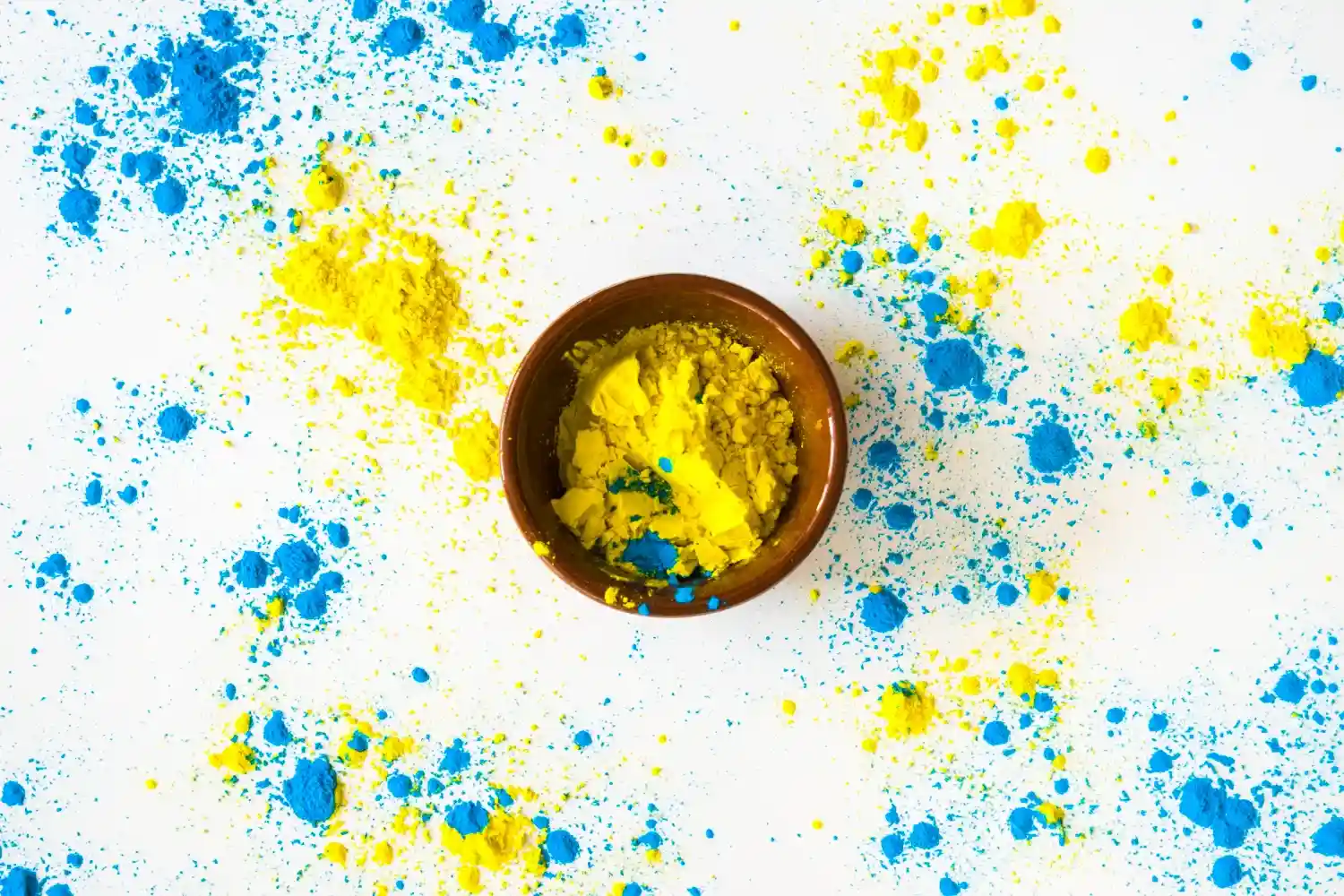
Dye Polyester Fabric with Disperse Dye
For those seeking an alternative method, disperse dyes provide a professional-grade option. Disperse dye is specifically formulated for synthetic materials, ensuring vibrant and long-lasting coloration. To dye polyester fabric effectively, you’ll need to apply high heat to activate the dye.
- Begin by pre-washing your fabric to remove any finishes that may impede dye absorption.
- Then, in a stainless steel pot, bring water to a boil and add the disperse dye, stirring thoroughly.
- Immerse your polyester fabric, ensuring it’s fully submerged, and maintain a rolling boil.
- Constantly stir to promote even dye uptake.
- Then, rinse the dyed fabric in warm water and gradually cool it down to set the dye.

Dye Polyester Fabric with Acrylic Pants
To dye polyester fabric with acrylic paints, start by mixing a textile medium with the paint. It can ensure better adhesion and flexibility in the synthetic fibers. When attempting to dye polyester fabric at home, it’s crucial to prepare your synthetic fabric properly. Pre-wash the material to remove any finishes that might hinder the dyeing process.
Craft a suitable mixture of acrylic paint and textile medium, typically in a 1:1 ratio, to achieve vibrant and lasting colors. After applying the paint to the fabric, you need to heat the water to set the dye. You can either iron the fabric or use a heat press.
Remember to wash the dyed polyester fabric gently to maintain the color integrity.
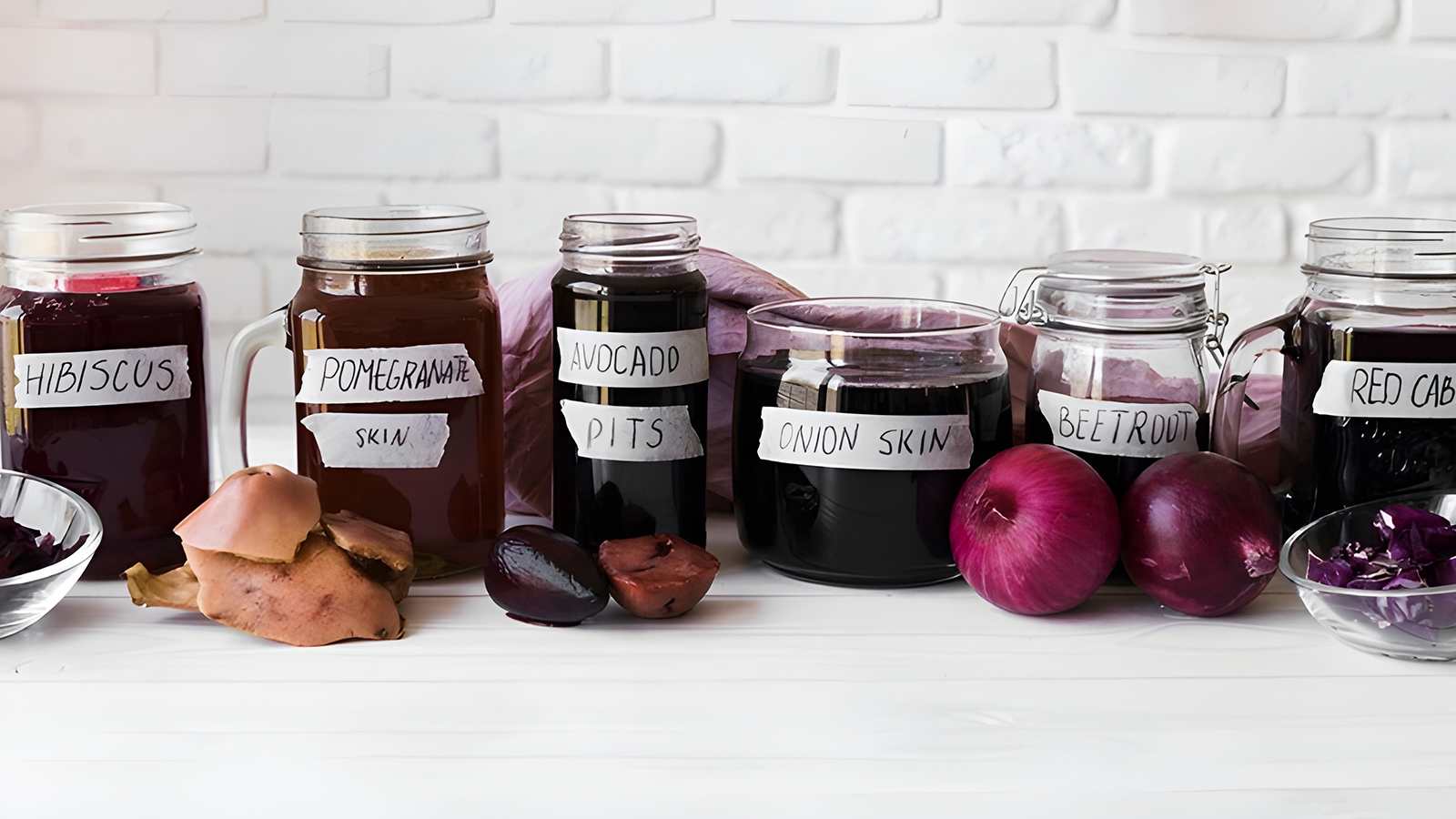
Dye Polyester Fabric with Food Coloring
When attempting to dye polyester fabric with food coloring, you’ll need to first dissolve your chosen color in boiling water to create a saturated dye bath. Remember, polyester material is a synthetic fabric. The dyeing process for such fabrics often needs high heat to ensure the dye takes hold.
Here are key steps to follow:
- Submerge the polyester fabric into the dye bath, ensuring it’s completely soaked.
- Stir continuously for even dye distribution. Keep the fabric in the hot water until it reaches your desired shade.
- Once dyed, rinse the fabric in cold water until the water runs clear. This indicates that excess food coloring has been removed.
For best results, follow these steps meticulously, acknowledging the limitations and challenges of dyeing synthetic fabrics with food coloring.
How to Keep the Dye Color on Polyester
Ensuring the longevity of dye color on polyester requires using disperse dyes, which are formulated specifically for synthetic fabrics. These dyes penetrate the tightly woven polyester fibers, allowing for a more permanent coloration.
When dyeing polyester with Rit dye or similar products, you must follow a precise method to lock in the dye color.
To start, heat is critical. Prepare your dye bath on the stove and consistently maintain a high temperature—at least 200°F. Use a thermometer to monitor the bath’s temperature accurately, as this will facilitate the dye’s adherence to the synthetic fabric.
After simmering your polyester item in the dye bath for the recommended duration, it’s time to rinse.
Rinse the fabric thoroughly in warm water, gradually transitioning to cooler water. This process ensures the removal of any unattached dye molecules and prevents bleeding.
After rinsing, wash the dyed polyester according to the dye package instructions. They will typically suggest a certain temperature and washing cycle.
Conclusion
Having tackled the intricacies of dyeing polyester, you’re now equipped with the knowledge to revitalize your garments.
Remember, high heat activates the dye. And using a dye specifically formulated for synthetic fabrics is crucial.
Always follow the instructions precisely, and consider the fabric’s weight for even coloration.
By taking these steps, your polyester won’t only accept the new color but will also hold onto it, ensuring your efforts result in a vibrant, enduring transformation.
FAQs
Q: Can I use a regular fabric dye to dye polyester?
A: No, regular fabric dyes usually work best on natural fabrics like cotton. They do not work well on synthetic fabrics like polyester.
Q: Can I use a washing machine to dye polyester fabric?
A: Yes, you can use a washing machine to dye polyester fabric by following the appropriate dyeing process and using the correct dye for synthetic fabrics.
Q: Can all synthetic fabrics be dyed at home?
A: Not all synthetic fabrics can be dyed at home. Some may need a different dyeing process or cannot be dyed at all due to their manufacturing process and composition.
Get more DIY tips on Longan Craft Blog! Dive into the fabric world with Longancraft!

